Autumn officially begins on Sunday. Fall planting season, however, is already here. The cooler air temperatures, combined with the still-warm soil, are the perfect growing conditions for a new plant. Increasing in popularity, thanks to increased production by wholesale nurseries and the plants’ needs for less water once established, are an increasing number of California native plants.
From the garden e-mail, Evan of San Jose, California wants to know about an evergreen tree or shrub that is native to coastal Southern California but does well in most mild coastal areas of the West Coast that stay above 20 degrees in the winter:
“I just ordered a Catalina cherry for my backyard,” writes Evan. “And I remembered that cherry trees need a pollinizing partner to produce fruit. Unfortunately, I can't find any information about which other cherry varieties are compatible with Catalina cherry. I was wondering if you could help me find a second tree to put in my backyard to pollinize the Catalina cherry. And I was hoping for more of an eating cherry other than the Catalina cherry. So, if there's a variety that my kids might like a little more that I can plant next to this one, I would appreciate it. This will be the first cherry in my backyard.”
The Catalina cherry (Prunus illicifolia subsp. ‘Lyonii’) is a California native shrub or tree, and it does quite well in coastal zones up and down the Pacific coast from San Diego to Seattle (Sunset Zone 5). And perhaps even a wider range. The “Sunset Western Garden Book” says the Catalina cherry’s progenitor, the Prunus illcifolia (the Hollyleaf Cherry), has a range from Sunset Zones 5-9 and 12-24, which would include areas ranging from the hot valleys of California into the Sierra foothills. The tree can survive cold temperatures down to about 20 degrees. I know that some of you like to experiment with growing species that are outside of your area’s normal plant palette. This might be one of them. But, as always, gardener beware. I hope you have more success with this than I had, attempting to get rhubarb seed to germinate.
Some specimens of the Catalina cherry on the coastal Southern California mainland tend to grow on slopes, and that might be a tip for where to plant it, in an area that gets good drainage. And cherry trees are notorious for needing good drainage.
The Catalina cherry can be a tree or a shrub, because it only gets 15 to 20 feet tall, in gardens; but it can get twice that size in the wild. And, it is a true cherry, even though the dark red-to-black cherries themselves are not very tasty. Calscape.org, which is a plant finder service of the California Native Plant Society, says that “the fruit on the tree is best left for the birds” and parts may be poisonous. From Wikipedia:
The pulp of the (hollyleaf) cherry is edible.[4] However, the seeds of the hollyleaf cherry are considered to be toxic, and the plant must undergo certain leaching processes to make it safe for consumption.[24]Native Americans fermented the fruit into an intoxicating drink.[4] Some also cracked the dried cherries and made meal from the seeds after grinding and leaching them.[25] It has also been made into jam.[26]
The method of preparation for the cherry was to first extract and crush the kernel in a mortar, and the resulting powder would then be leached in order to eliminate remaining bad chemicals. The final step was to boil the leached powder into an atole.[24] Once this process was completed, Native Californians would then make soup base, tortillas, or tamale-like foods using the resulting ground meal. Other times, the kernel would be kept whole, leached to remove its hydrocyanic acid content, roasted for a couple hours, and then used to make cakes or balls.[27]
Aside from food, the hollyleaf cherry was also used for medicinal purposes by some Native Californian tribes, including the Diegueño and the Cahuilla. Specifically, infusions made from the bark and roots of hollyleaf cherry plants would be used as treatment for common colds and coughs.[27]
However, the Catalina cherry tree is quite showy, with spikes of five inch-long white to cream-colored flowers in spring, followed by the cherries.
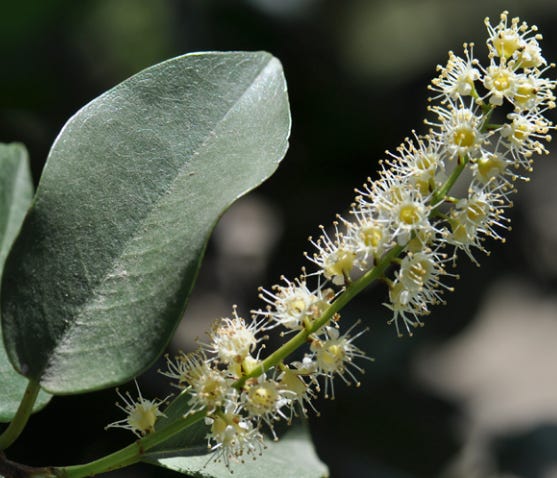
As far as getting more of that fruit that the birds will enjoy, be aware of this: the fruit can stain many hard surfaces. So, plant it well away from the patio or driveway.
What would be a good cherry variety to use as a pollenizer? As you are probably aware as a parental gardener, you never want your children to utter the phrase, “the cherries we bought at the grocery store are better than the cherries we're getting in our backyard”. So, get them a sweet, tasty cherry tree that is self-fertile, but also serves well as a pollenizer for other cherry varieties.
And one of the best for doing that is the Stella cherry. The Stella cherry is a popular tree that does quite well throughout most cherry growing regions, such as ours. It's good for canning, preserves, cooking, and fresh eating. The Stella takes about two to five years after planting to bear fruit. The mature size of the tree isn't that large, perhaps 12 to 16 feet. As far as the watering requirements, it does need regular water, about 12 to 15 gallons per week, May through September.
The problem with having a fruiting cherry tree where you're harvesting for the fruit versus a Catalina cherry where you're using it more as a beautiful, blooming, evergreen screening plant is the fact that the Catalina cherry is drought tolerant when mature. It doesn't like a lot of summer water once it's established, perhaps only once every three weeks or so during the summer. However, you will need to water it regularly to get it off to a strong initial growth through its first year. The Stella cherry tree, on the other hand, will need regular weekly watering during the dry season for its lifetime.
So, what do you do? If that Stella cherry is upwind of the Catalina cherry, you'll be okay to plant it well away from the root zone of the drought tolerant Catalina cherry, on its own irrigation circuit, about 30 feet away.
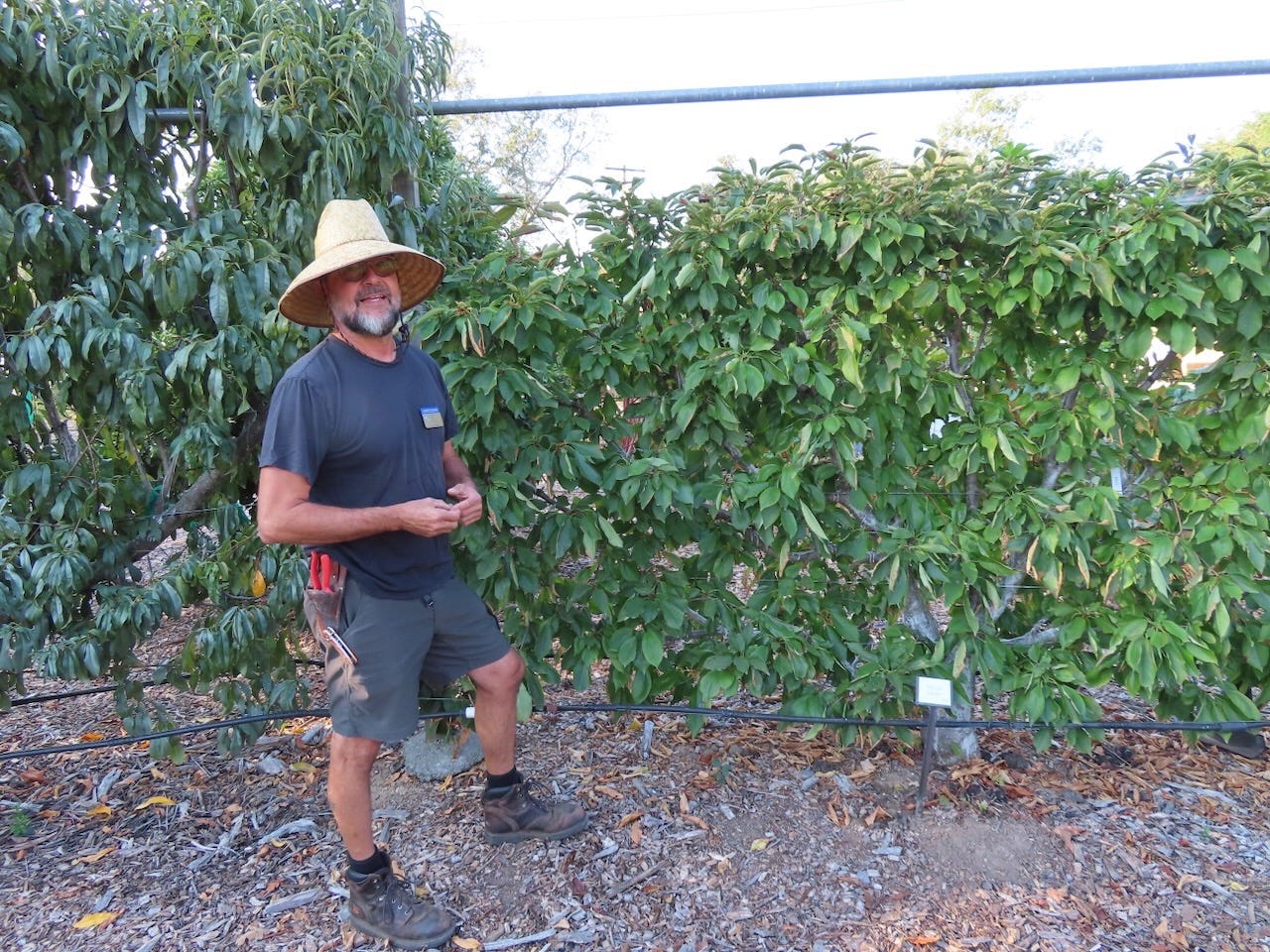
Farmer Fred’s Ride for the Kids!
I'm fundraising on behalf of the 2024 Sac Century Challenge on September 28th to raise money for the Sacramento Children's Home Crisis Nursery and I could use your support. Here’s the link.
On that date, I’ll be riding my bike, a Surly Midnight Special (NOT an e-bike) 100 miles along the Sacramento River to help out the Sacramento Children’s Home Crisis Nursery. I’ve ridden 100 miles in one day plenty of times…when I was younger.
But at 73, I could use some moral support, and the Sacramento Children’s Home Crisis Nursery can use your pledge money. So, how about it? Maybe pledge 10 cents a mile (that’s $10) along with a hearty, “You go, Fred!” Or a more generous one dollar a mile ($100), to give me the mental endurance for the entire ride, to dodge the pothole-filled levee roads and pedal harder in the ferocious headwinds that makes this ride a real challenge!
The Sacramento Children's Home Crisis Nursery is the only program of its kind in Sacramento County and directly prevents child abuse and neglect by supporting families with small children at times of crisis. The nursery allows parents to bring their children ages newborn to five for emergency hourly or overnight care during difficult times, with the goal of keeping families together and reducing the number of children entering foster care. To care for our community's most vulnerable children, we rely on support from community members like you. By donating, you empower us to provide a safe haven for children throughout the Sacramento area, offering respite to parents during times of crisis, and building a strong support system for the future. Your support helps provide a safe place to stay local kids in need. Again, here’s the link to make a donation to the Sacramento Children’s Home Crisis Nursery.
Thank you for your support, and say "Hi!" if you see me pedaling like crazy out there on Saturday, September 28th!

Thanks for reading Beyond Basics: The Garden Basics with Farmer Fred Newsletter! Subscribe for free to receive new posts and support my work.
Thank you for also listening to the Garden Basics with Farmer Fred podcast! It’s available wherever you get your podcasts. Please share it with your garden friends.
Fred Hoffman is also a University of California Cooperative Extension Master Gardener in Sacramento County. And he likes to ride his bike(s).





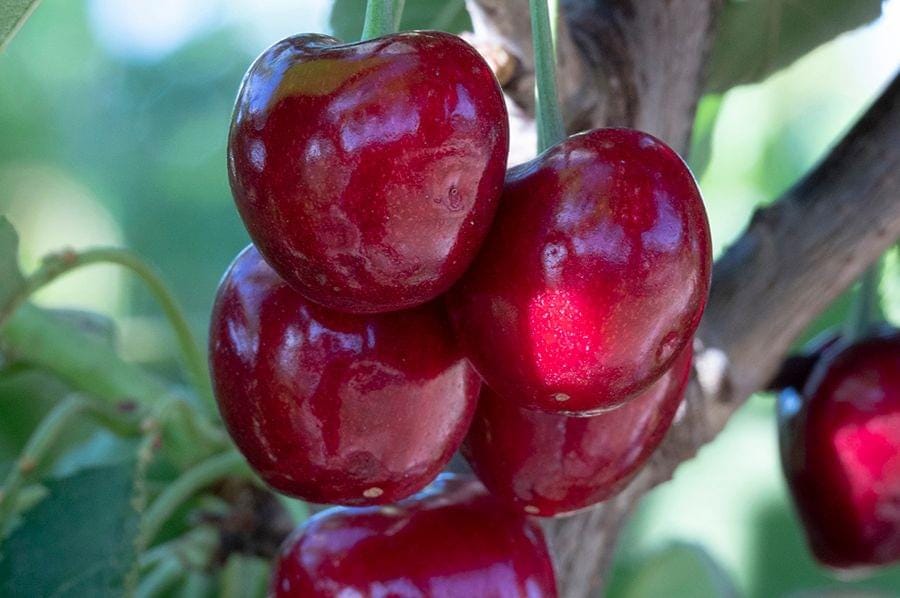
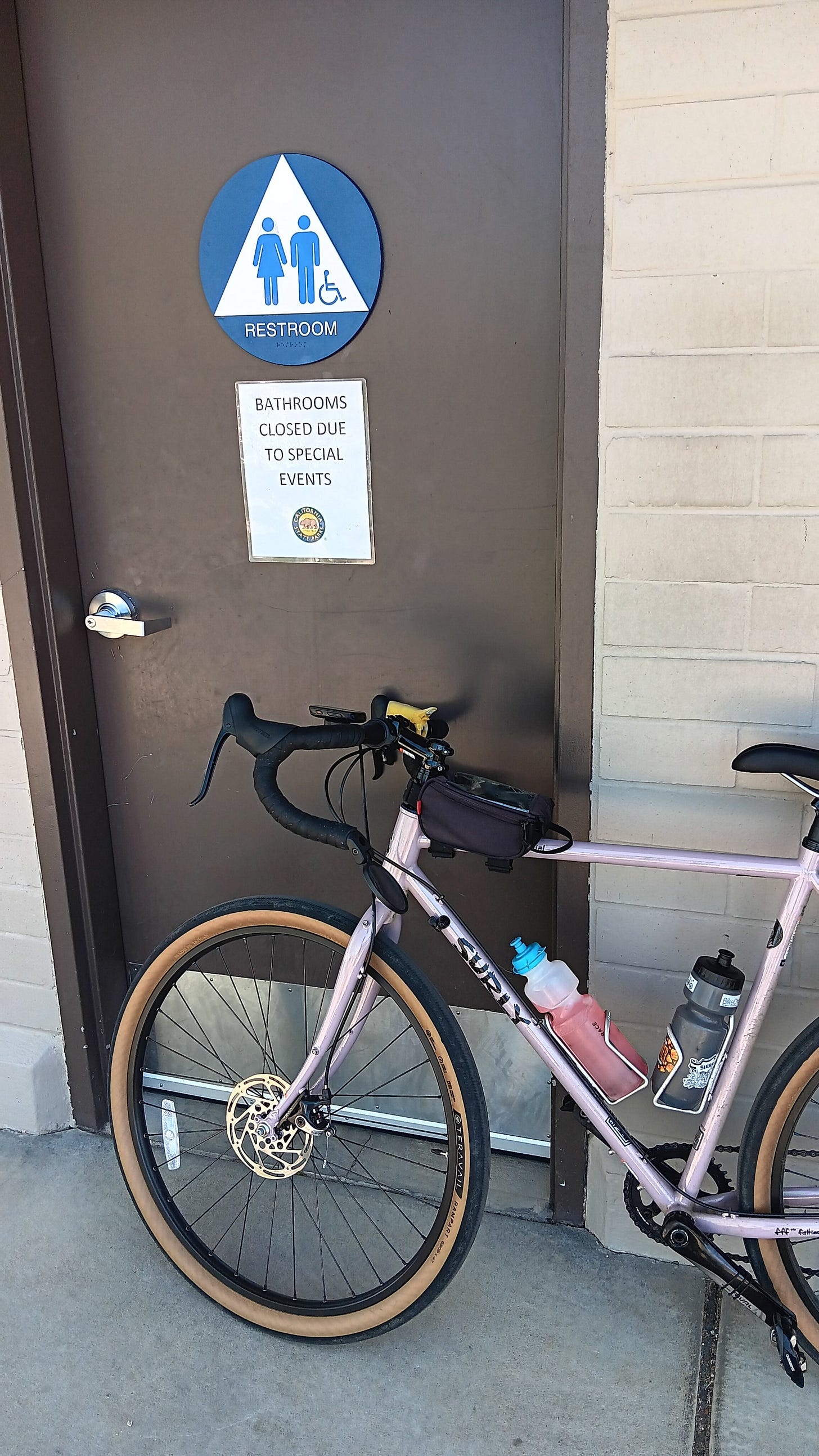



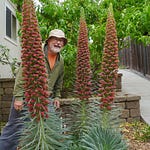

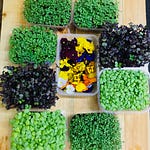
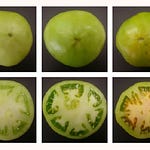

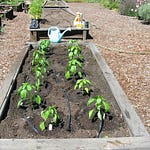
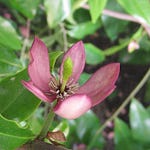
Share this post